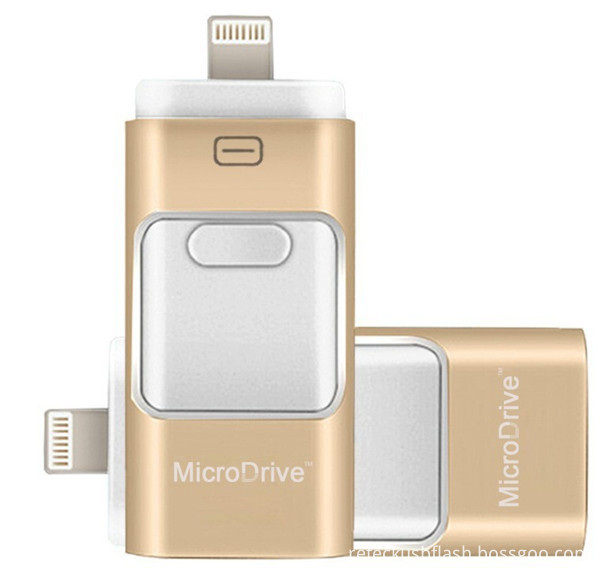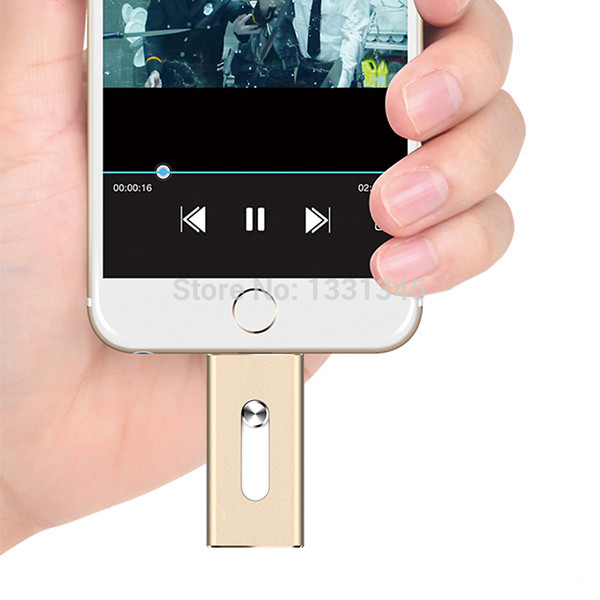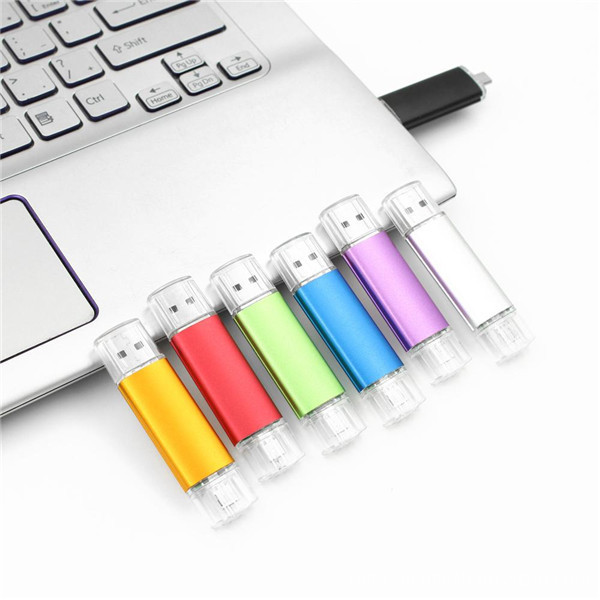Every year, there are always conferences of all sizes in various industries that like to talk about trends, and various research reports are published.
Predicting the future of a certain subdivision or even the entire industry by subjectively citing the data, or even the subjective experience of the individual experience, sometimes feels like "fortune telling" (of course, this is scientific, much more systematic), since it is right The speculation of the unknown world, the influencing factors in the development process are all contain force majeure, and we should allow it to be biased.
Therefore, Xiaobian, the following grasp and insight into the LED industry for the Ali trend, are personal or institutional "one-of-a-kind", and expected and actual end may have a certain discrepancies, the right to understand and reference.
According to the "China's phasing out the incandescent lamp road map (draft for comments)", from October 1, 2016, China will ban the sale and import of ordinary lighting incandescent lamps of 15 watts or more. The exit of incandescent lamps will undoubtedly bring more market space for LED companies.
According to the 2016-2021 China LED lighting industry special survey and investment value forecast report data, in the first half of 2016, the cumulative output of national incandescent bulbs reached 2.012 billion. With the gradual withdrawal of most incandescent lamps, the LED lighting industry will Will usher in a huge market.
At the same time, due to the launch of the “Road Map†in 2011, the LED industry has set off a wave of investment, which has led to an overcapacity industry. Although the penetration rate of LED lamps in the domestic lighting market is more than 30%, and incandescent lamps are less than 5%, it will not form a competitive situation. However, due to overcapacity, LED lighting products are oversupply, and the profits of many LED companies are shrinking year by year.
According to analysis, LED lights want to usher in real benefits, perhaps not the time. At present, fluorescent lamps and energy-saving lamps have a great impact on the market share of LED lamps.
2016 2016 high efficiency LED market development trend
Medium-power LED components are the key mainstream LED packaging products in the market. The market has grown significantly in recent years. It is estimated that by 2020, the global LED lighting market will see 3.744 billion US dollars in scale, and the power LEDs are stable and stable. Sex factors will occupy a large proportion, and are highly optimistic about the market. At present, the medium power LED market is favored by the industry, and the market area of ​​medium power LED has improved from the past 150lm/W to the ultra-efficient product of 220lm/W.
In the European and American markets, high efficiency is already acceptable and has become one of the options favored by many buyers. High-efficiency LEDs are used to create LED luminaires and lighting systems. They also have an overall efficiency of 150 lm/W, which fully meets and exceeds the high efficiency requirements of DLC's latest technical specification V4.0 at 130 lm/W~140 lm/W. This regulation, which will take effect in 2017, will help the future expansion of the LED lighting market in the United States.
In 2016, DLC released the draft of Lighting Technology Requirements 4.0, which further revised the luminous efficiency of lamps and light sources. As COB products are easier to achieve high light efficiency, it is expected that the DLC4.0 bill will have a positive impact on COB products. 2016-2021 China LED industry development analysis and investment potential research report shows that in the lighting market, this also drives the next generation of LED lighting equipment replacement procurement demand, in the European and American markets, the efficiency is only 80lm / W or lower Solutions for replacement of LED luminaires are also emerging.
Outdoor lighting control market grew to 1.3 billion in 2025
Outdoor lighting systems include outdoor lighting controls for railways and highways, urban parks and public areas, sports parks, commercial lighting, outdoor parking, colleges and university campuses. According to statistics, the annual compound growth rate of LED outdoor lighting system shipments will reach 6.3% from 2016 to 2025, while the unit shipments of other outdoor lighting technologies will decline.
Although most outdoor lighting fixtures still have low efficiency and backward technology, however, with the improvement of outdoor lighting technology, the LED lighting and lighting control market is growing rapidly. It is expected that LED lighting will soon become outdoor lighting in the next 10 years. The leadership of technology, including municipalities and other organizations, will continue to transform exterior lighting.
As outdoor lighting technologies increase efficiency and reduce costs, corporate and government investments are upgraded to reduce operating costs and reduce carbon emissions. Many outdoor systems now rely on basic controls such as nighttime dimming and auto-shutdown. LED technology can reduce costs, improve efficiency and quality. Related reports show that the outdoor lighting control market, including motion sensors, photovoltaic cells, intelligent control and control software, is expected to grow from $492 million in 2016 to $1.3 billion in 2025.
In 2020, the output value of infrared LED applications can reach 250 million
In the future, the fingerprint of the smartphone will be unlocked or replaced by iris recognition. Some research institutes estimate that 300 million smart machines will have iris sensing function in 2021. Recently, it has been reported that Samsung Electronics Galaxy Note7 is strong in iris recognition, and can confirm the identity of the user when unlocking and mobile payment. According to reports, iris scanning makes mobile payment operations smoother, because many users are worried about security issues, and iris scanning is expected to increase the adoption rate of mobile payments.
It is predicted that although fingerprint sensing technology is relatively mature at present, iris scanning is only a secondary role, but iris scanning is highly stable and less susceptible to external damage, and should be more popular in the future. Today, iris scanning is limited to high-end models. It is reported that the new iPhone may have iris recognition function next year, however, it will gradually be popularized to more affordable models in the future. Samsung Electronics spent three years developing iris recognition and emphasized that iris sensing is the most secure in biometric systems. As the cost of iris scanners fades, it is expected to be used in mid-range models in the near future, and to remove the doubts that Android is not safe enough.
According to the latest research report, facial and iris recognition functions will gradually become popular in mobile devices. It is estimated that there will be 400 million mobile devices equipped with infrared light sensor in 2020, when infrared LEDs are recognized on the face and iris. The value of the application will reach $250 million, which will be one of the most potential applications for infrared LEDs.
In 2021, the overall UV LED market value reached 555 million
It is expected that in 2016, due to the active introduction of UV LED products into the photocuring, sterilization and purification markets, the output value will grow to US$166 million, and by 2021 it will reach US$555 million, with a compound annual growth rate of 27%. The mainstream of UV LED development is UV-ALED and UV-CLED, among which UV-ALED is more focused on the photo-curing market. Under the fierce price competition in the UV-ALED market, the overall UV LED market output has been flat at $122 million for two consecutive years. However, under the expectation that the mercury lamp use prohibition regulation will be fermented in 2020, light-curing equipment manufacturers in Europe, America and Japan are actively introducing UV LEDs, pulling up and changing the market and replacing the market demand, driving the overall UV LED market output value in 2021. It will reach $555 million.
In 2016, UV LEDs will be used in the light curing market with an output value of US$81 million. In 2021, it will reach US$195 million. The annual compound growth rate is 19%. In 2020, the penetration rate of UV LED curing modules will reach 50~60%. In the UV-CLED segment, the potential demand is surprising because UV-C can be used in markets such as food preservation, air purification, and water purification. Under the continuous development of technology, the market value of UV-CLED sterilization and purification applications in 2016 is estimated to be 28 million US dollars, 2017 million in 2021, and the annual compound growth rate is 56%. The technology threshold of UV-CLED products is quite high. As more LED manufacturers launch new products at the end of this year, they will accelerate the progress of UV-CLED technology.
The global OLED market will reach 33.1 billion in 2020
Research and market institutions released the global and China OLED industry report from 2016 to 2020. In recent years, the global OLED market has developed rapidly. In 2015, its market size reached 13 billion US dollars. With the development of technology and construction capabilities, OLEDs (about 5 inches from small panels) are growing rapidly and are expected to replace LCDs. It is expected that once Apple begins to use OLED panels, its demonstration effect will further stimulate market demand. By 2020, the global OLED market will reach 33.1 billion US dollars, with an average annual growth rate of about 20%.
Mobile phones are the largest application market for OLEDs. In 2015, about 76% of OLED panels were used in this field. In the future, OLEDs will become more and more widely used, such as wearable devices, televisions, lighting, virtual reality and automobiles. At present, the global manufacturers of OLED panels are mainly concentrated in South Korea, such as Samsung Display and LG Display, Samsung focuses on the production of small and medium-sized panels for mobile phones, and LG mainly produces large panels for TVs. The two companies are now expanding their capacity.
From 2015 to 2017, Samsung Display will invest a total of US$3.6 billion in Korea to establish a new OLED panel production line. From 2016 to 2017, Samsung Display will invest 7.4 billion US dollars to produce curved OLED displays for Apple. LGDisplay is mainly focused on OLED TV and OLED lighting. In July 2015, LG Display announced an investment of 1.05 trillion won to build a 6th generation flexible OLED production line at the Gumi Plant. The line has a monthly planning capacity of 7,500 units (already invested in glass substrates) and is planned for mass production in the first half of 2017. In China, Heguang Optoelectronics, BOE, Tianma Microelectronics and Visionox are also entering the OLED field.
LED agricultural growth lamp market will reach 1.8 billion in 2021.
More and more people are more health-conscious and try to avoid the harmful effects of pesticides. Food growth lamps provide more and larger markets for greenhouse operators. Large warehouse-scale plants are expected to focus on seedlings. According to statistics, the LED growth lamp module market in 2014 reached 395 million US dollars, and is expected to reach 1.8 billion US dollars in 2021. Greenhouses and plant factories have led to a rapid growth in the LED agricultural growth lamp market. The study found that LED growth lamps are more effective than high pressure sodium and metal halide lamps. They reduce power consumption and generate less heat. Less heat can bring light closer to the plant, and plants won't burn out. It is expected that the next generation of LED growth lamps will be both energy efficient and reliable.
LED plant growth lights automatically control growth and provide low power, high efficiency, uniform illumination patterns with precise wavelengths and colors. Growing lights also allow people to use unused space to grow food in warehouses and homes. In countries such as Japan, which lack a growing environment, factories will continue to provide food to the public using LED lights in large warehouses. Solid state electronics bring convenience to agriculture. Growers have found that they can quickly realize a return on investment, using growth lamps can significantly reduce energy costs, extend the growing season, eliminate chemical contaminants in food supplies, and significantly reduce transportation costs for food production.
These OTG USB Flash Drive are compatible with all Smart phones that have a Micro USB port. Such as Samsung, HTC, Nokia, Sony, Google, Huawei and other smart phones.

These OTG Usb Flash Drive are also compatible with all Iphoness that have a Micro USB port. Such as iPhone, iPhone 3G, iPhone 3GS, iPhone 4, iPhone 4S, iPhone 5, iPhone 5C, iPhone 5S, iPhone 6, iPhone 6 Plus, USB Flash Drive for Ipad including iPad, iPad 2, iPad 3, iPad 4, iPad air, iPad mini, iPad mini 2, iPad mini 3, iPad mini 4 and more.


We are a professional Chinese manufacturer of OTG Usb Flash Drive , and look forward to your cooperation!
Otg Usb Flash Drive,8Gb Otg Phone Usb Flash Drive,Otg Multifunctional Usb Flash Drive For Iphone ,Otg Mini Usb Flash Drive For Ipad
Reteck Electronic Co., Ltd. , https://www.reteck.com